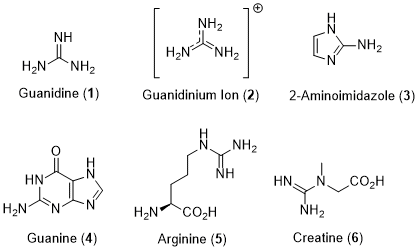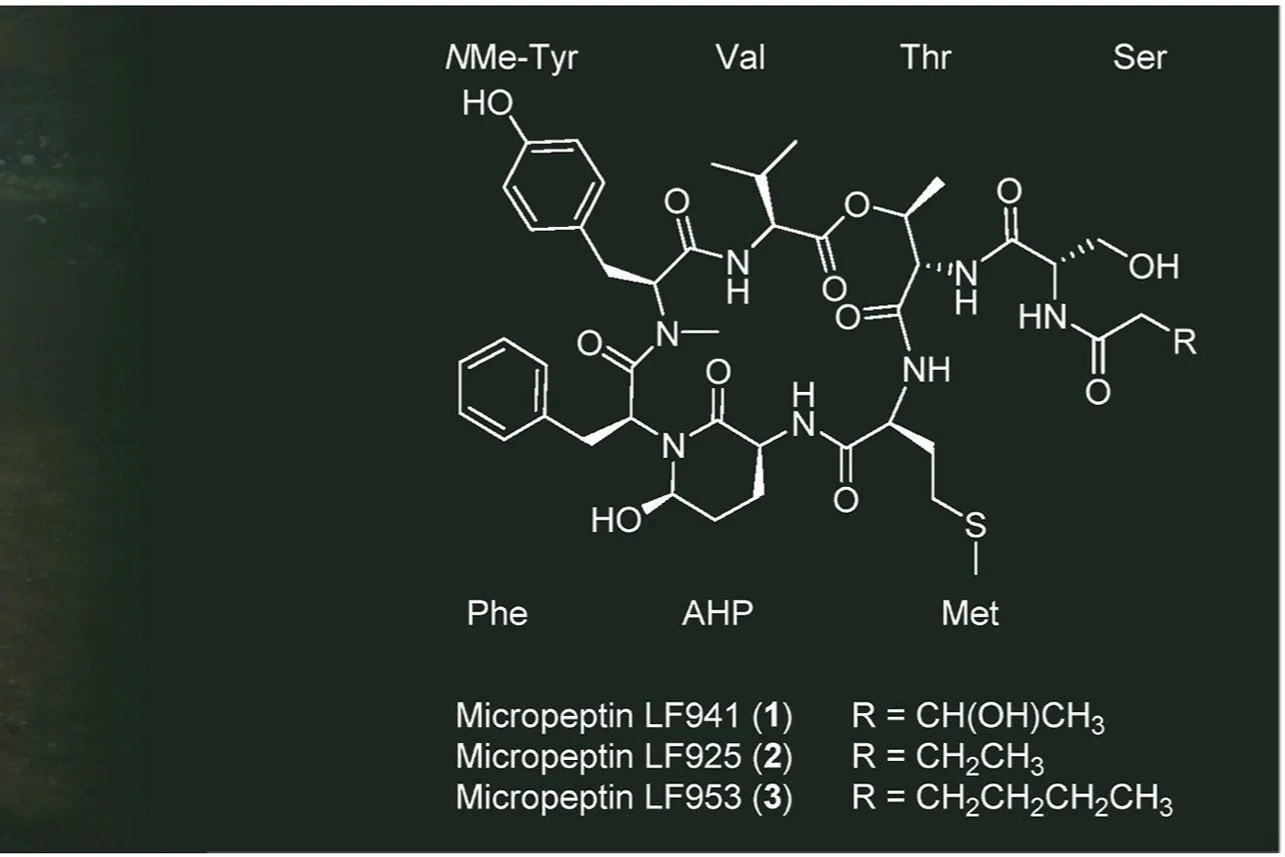COMBO Articles
-

A book chapter about Guanidine alkaloids from marine sponges in The Alkaloids
Over the past 70 years, marine biodiversity has been recognised as a rich source of unique chemical compounds with wide-ranging applications in the blue bioeconomy. Among marine organisms, sponges have historically been a key focus of marine biodiscovery due to their high potential for yielding novel compounds. More recently, attention has also turned to their associated microbiota—including bacteria, fungi, and cyanobacteria—which have emerged as more sustainable sources of bioactive metabolites. Despite this shift, the marine biodiscovery pipeline continues to feature a significant number of unique metabolites derived from sponges.
One notable class of compounds is guanidine alkaloids, which are relatively rare in terrestrial organisms but widely diverse in marine sponges.
-

Evolution of CYP71D drives the diversification of monoterpene indole alkaloid biosynthesis in Gentianales
Although primary metabolism is assumed to be highly evolutionarily conserved in plants, specialized metabolism is more prone to active diversification to allow adaptation to changing environments. Notably, this diversification results from core metabolic enzyme hijacking or gene duplication events that are highly prevalent in plants, as observed for cytochrome P450s. This class of enzymes catalyzes a vast array of biochemical reactions and has been progressively recruited for the biosynthesis of defensive molecules such as monoterpene indole alkaloids (MIAs) in plants from the Gentianales order
-

Contignasterines, Anti-Inflammatory 2-Aminoimidazole Steroids from the Sponge Neopetrosia cf. rava Collected in the Bismarck Sea
Sponges of the genus Neopetrosia are known for the production of a large diversity of bioactive metabolites. Contignasterines A (1) and B (2) were isolated as major metabolites of the sponge Neopetrosia cf. rava collected in the Bismarck Sea along with the known and highly bioactive steroid contignasterol (3) possessing a similar oxidized aglycone. Contignasterines are characterized by the presence of a 2-aminoimidazole branched on the side-chains of the oxidized steroid, and 1 also contains an unusual phosphate group at C-7. The anti-inflammatory activities of these compounds were investigated and revealed that all three compounds inhibited the production of pro-inflammatory mediators.
-

Resolving Haplosclerida polytomies with phylogenetics and metabolomics
Marine invertebrates often present few morphological characters that help to define boundaries and classify taxa. Therefore, the integration of new approaches and data is necessary to obtain more robust diagnostic characters enabling a more accurate identification of the taxa. The sponge order Haplosclerida is no exception within the Metazoa in general when it comes to a sizeable mismatch between the growing phylogeny of the group and its accepted classification. A deep morphological, molecular and metabolomic investigation of all species of the genus Arenosclera (Callyspongiidae, Haplosclerida) allowed a reassessment of the genus’ diagnosis, a description of the new genus Arenospicula gen. nov., and a reorganization of species in the classification.
-

Genomics of Terpene Biosynthesis in Dictyoceratid Sponges
Our study aims to contribute to the foundational understanding of terpene biosynthesis in sponges, unveiling the currently evident genetic components for terpenoid production in species not previously studied. Simultaneously, it aims to identify the known and unknown factors, as a starting point for biochemical and genetic investigations in sponge terpenoid production
-

Unlocking plant bioactive pathways
Plant bioactives hold immense potential in the medicine and food industry. The recent advancements in omics applied in deciphering specialized metabolic pathways underscore the importance of high-quality genome releases and the wealth of data in metabolomics and transcriptomics. While harnessing data, whether integrated or standalone, has proven successful in unveiling plant natural product (PNP) biosynthetic pathways, the democratization of machine learning in biology opens exciting new opportunities for enhancing the exploration of these pathways. This review highlights the recent breakthroughs in disrupting plant-specialized biosynthetic pathways through the utilization of omics data harnessing and machine learning techniques.
-

Antioxidant micropeptins from Microcoleus autumnalis
Exploring the chemical diversity present in cyanobacterial mats increasingly frequent in fresh and marine waters is imperative for both evaluating risks associated with these diverse biofilms and their potential for biodiscovery. Three previously undescribed ahp-cyclodepsipeptides micropeptin LOF941 (1), micropeptin LOF925 (2) and micropeptin LOF953 (3) were isolated from the Microcoleus autumnalis-dominated benthic cyanobacterial biofilm collected from the shore of Lough O'Flynn, Co. Roscommon, Ireland. The three isolated compounds showed no cytotoxic effects and all three compounds were shown to exhibit antioxidant properties, with 1 showing the highest bioactivity.

